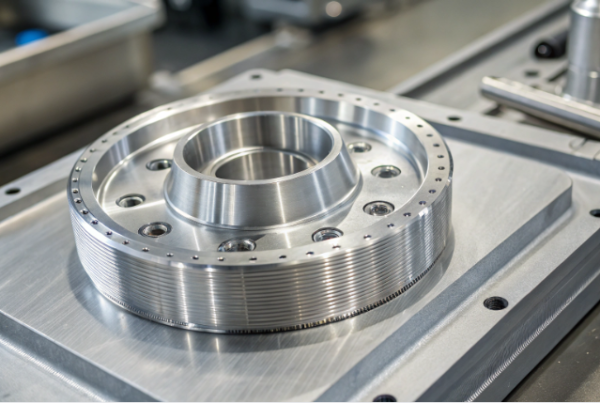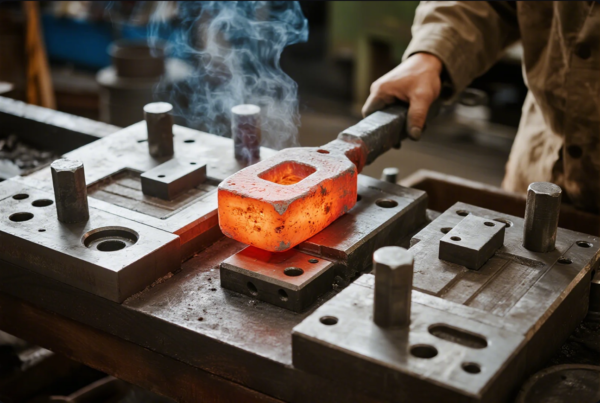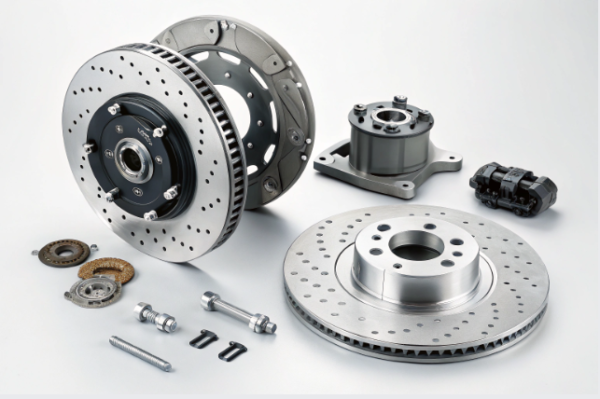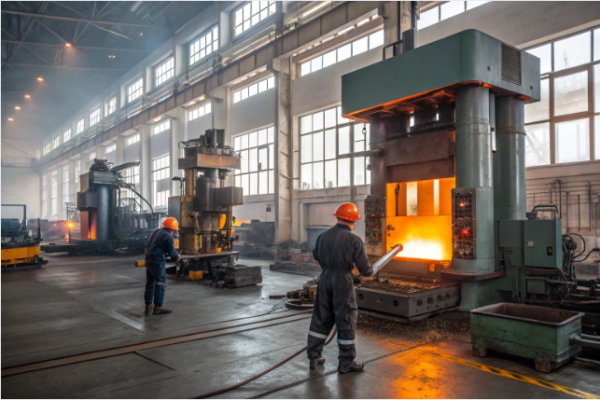What Are the 10 Advantages of Plastic?
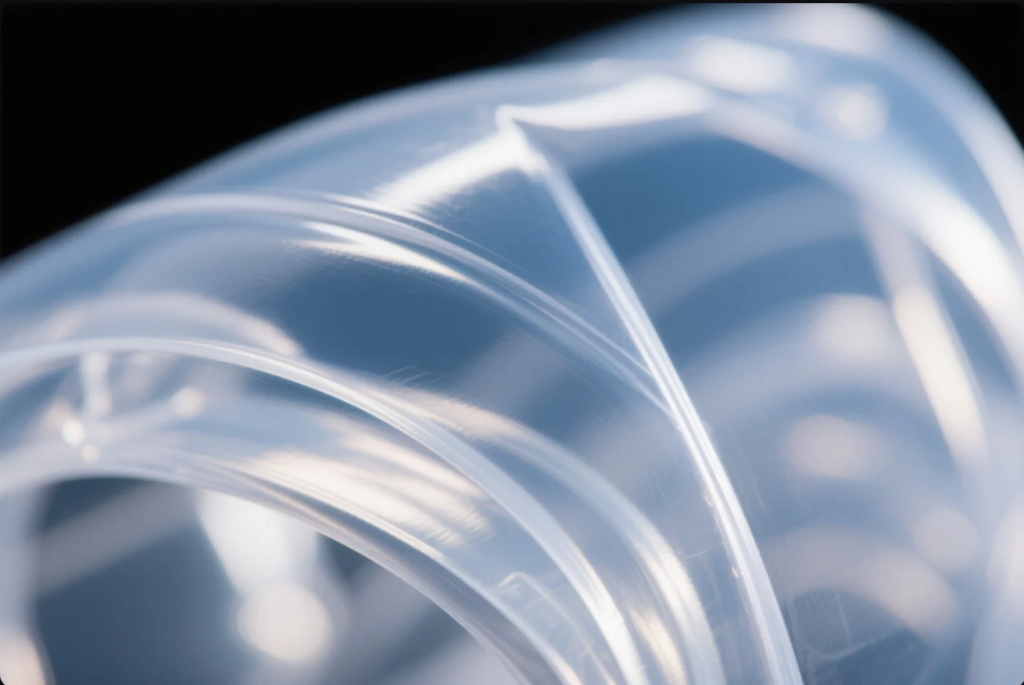
Plastic is everywhere—and it’s no accident. Its unique properties make it a go-to material in nearly every industry.
The 10 major advantages of plastic include durability, light weight, corrosion resistance, cost-efficiency, versatility, easy molding, electrical insulation, chemical resistance, water resistance, and reusability. These benefits explain its dominance in global manufacturing.
In this article, we\’ll explore the top 10 advantages of plastic and answer related questions, such as its most useful applications, interesting facts, and environmental impact.
What Are the 20 Uses of Plastic?
Plastic is used across countless industries. Its adaptability makes it ideal for everything from medical tools to space equipment.
20 common uses of plastic include: packaging, bottles, food containers, syringes, IV bags, insulation, pipes, chairs, vehicle dashboards, lenses, cables, toys, helmets, remote controls, phone cases, plastic films, garden tools, crates, gears, and storage bins.
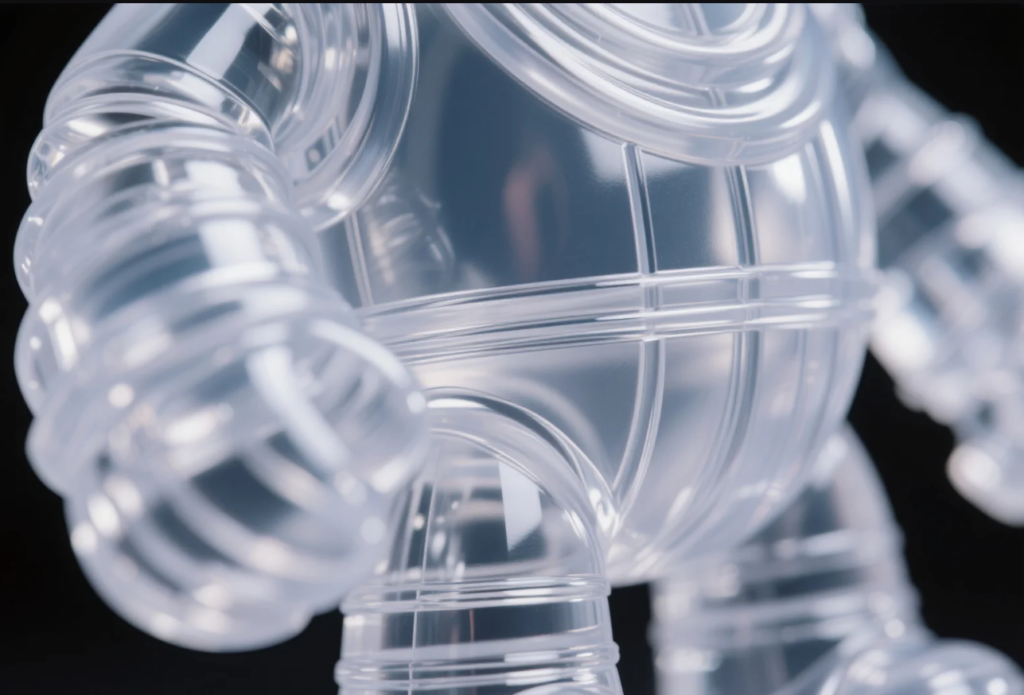
Industry-Specific Applications
| — | ||||||
|---|---|---|---|---|---|---|
| Healthcare | Syringes, masks, tubing | PVC, PP, PET | ||||
| Automotive | Bumpers, grilles, panels | ABS, PP, PC | ||||
| Packaging | Bottles, films, trays | PET, LDPE, HDPE | ||||
| Construction | Pipes, siding, panels | UPVC, CPVC, PS | ||||
| Electronics | Casings, cables, displays | PC, PS, ABS |
Prime supports global clients by manufacturing custom molded plastic components for these industries using advanced CNC tooling and ISO-compliant processes.
What Are Three Positives of Plastic?
Plastic is often criticized for its environmental impact, but its benefits in manufacturing and product design are undeniable.
Three major positives of plastic are cost-effectiveness, light weight, and design flexibility. These traits make plastic the most widely used material for scalable production.
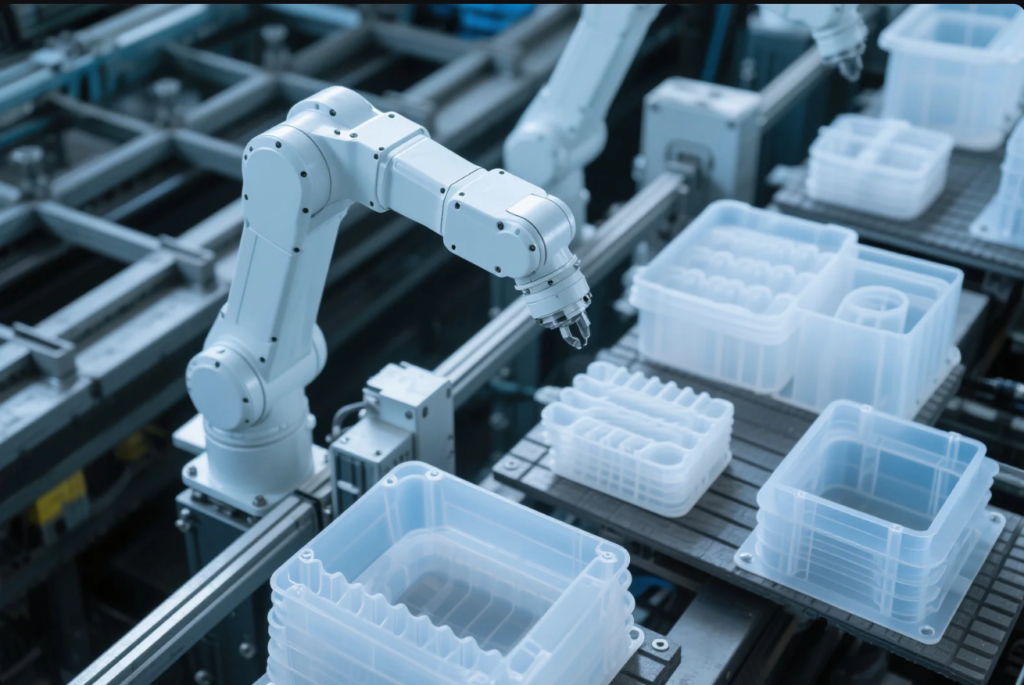
Why These Advantages Matter
- Cost-Effective: Plastics are cheaper to produce and process than metals or ceramics.
- Lightweight: Cuts shipping costs and improves product usability (e.g., in vehicles).
- Design Flexibility: Easily molded into any shape with tight tolerances.
For example, at Prime, we helped a U.S. customer replace a metal enclosure with an ABS plastic part, reducing unit weight by 60% and production costs by 35%.
What Are the 10 Disadvantages of Plastic Waste?
While plastic offers many advantages, improper disposal leads to serious environmental issues.
10 key disadvantages of plastic waste include pollution, non-biodegradability, ocean contamination, harm to wildlife, toxic emissions when burned, landfill overflow, microplastic formation, food chain disruption, visual litter, and long decomposition time.
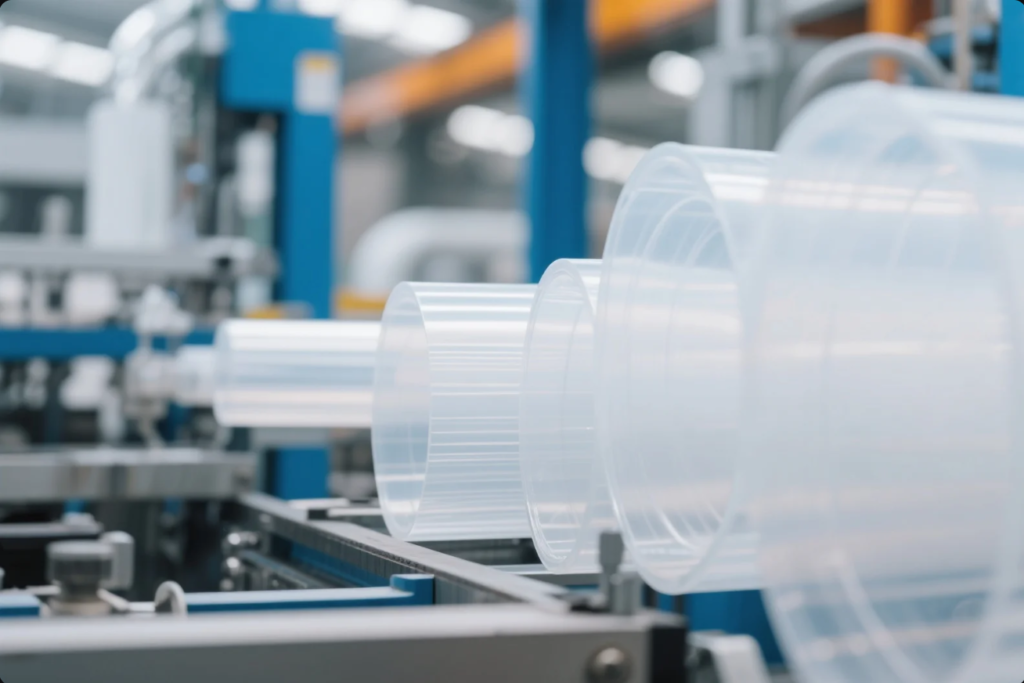
Key Environmental Impacts
| — | ||||
|---|---|---|---|---|
| Non-biodegradable | Takes 500+ years to break down | |||
| Ocean Waste | Chokes marine life | |||
| Microplastics | Contaminate water, soil, and food chains | |||
| Toxic Fumes | Released when burned or decomposed | |||
| Landfill Buildup | Space-consuming and costly to manage |
Efforts such as biodegradable plastics and improved recycling rates aim to mitigate these impacts. UNEP promotes global plastic pollution solutions.
What Are 10 Interesting Facts About Plastic?
Despite being controversial, plastic has fascinating characteristics that have changed the world.
Ten interesting facts about plastic include its invention in 1907, recyclability of most thermoplastics, its role in space equipment, versatility in 3D printing, annual global production exceeding 400 million tons, use in bulletproof materials, floatability, stretchability, contribution to medical technology, and lightweight-to-strength ratio.
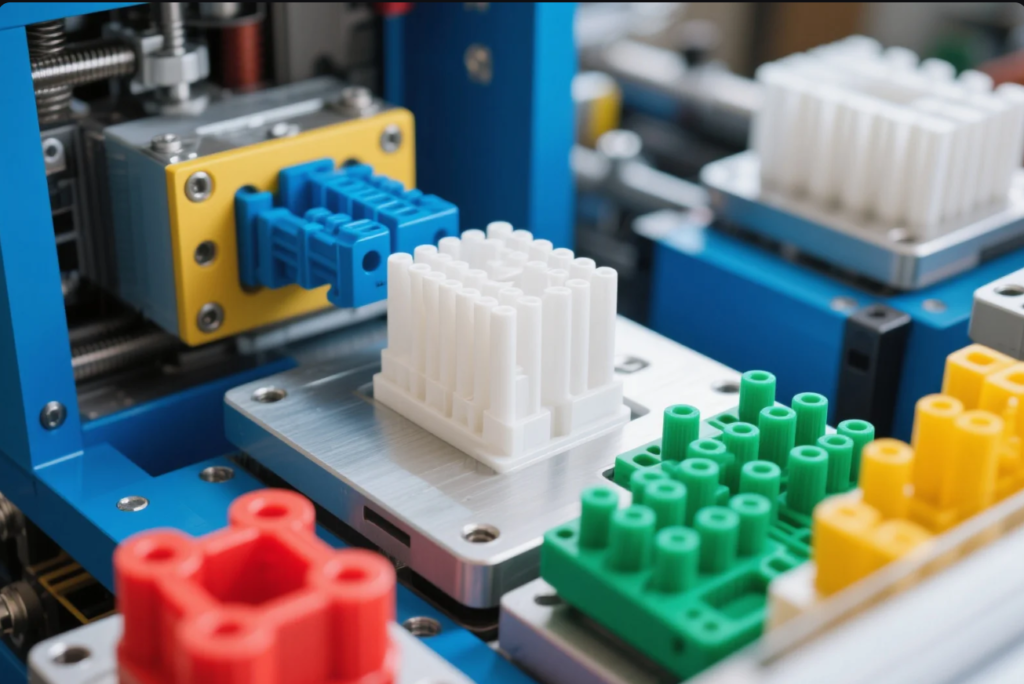
Fun and Surprising Facts
- Plastic was first created by Leo Baekeland in 1907.
- Most water bottles are made from PET, a highly recyclable plastic.
- The International Space Station uses plastic for insulation and seals.
- Plastics are a core material in 3D printing filament.
- Over 400 million tons of plastic are produced yearly.
- Kevlar and polycarbonate plastics are used in bulletproof vests.
- Plastic floats—useful for safety equipment like life vests.
- Some plastics stretch over 500% before breaking.
- Disposable syringes revolutionized medical sanitation.
- The Boeing 787 Dreamliner contains 50% plastic composites.
FAQs
Q: Is plastic always harmful to the environment?A: Not always. It\’s the disposal and recycling that determine impact. Durable plastic components reduce resource use over time.
Q: Can plastic be reused safely?A: Yes. Many types like HDPE and PP are reusable for storage, transport, and non-food contact applications.
Q: Are biodegradable plastics truly safe?A: Some are, especially those made from corn starch or PLA. But conditions must be right for degradation.
Q: What is the best plastic for industrial parts?A: It depends on the application. ABS, PP, and PC are among the most commonly used in industrial settings.
Q: How can manufacturers reduce plastic waste?A: By using recyclable plastics, reducing overpackaging, and partnering with suppliers like Prime who follow green manufacturing principles.
Conclusion
Plastic offers unmatched versatility, durability, and affordability—key reasons it\’s used across every major industry. However, responsible sourcing and disposal are essential to unlocking its full value without harming the environment.
At Shandong Prime International Trade Co., Ltd., we provide custom-molded, ISO-certified plastic components for global buyers. From concept to shipping, our team ensures consistent quality and rapid delivery for industrial and commercial plastic needs.
📩 Contact us now at [email protected]🌐 Visit https://primecustomparts.com for expert support, free quotes, and sustainable plastic solutions.


